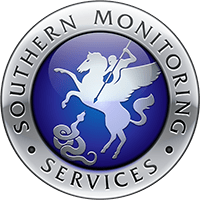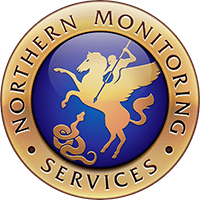Demystifying CCTV monitoring
We’ve sometimes heard of people worrying about the complexity and the costs involved with adopting remote video surveillance (CCTV) and alarm monitoring. So, we asked our experts to discuss the myths surrounding these services and provide some facts to help your customers discover the true benefits.
Our team has many years of CCTV monitoring experience with a wide range of sites and technologies supported.
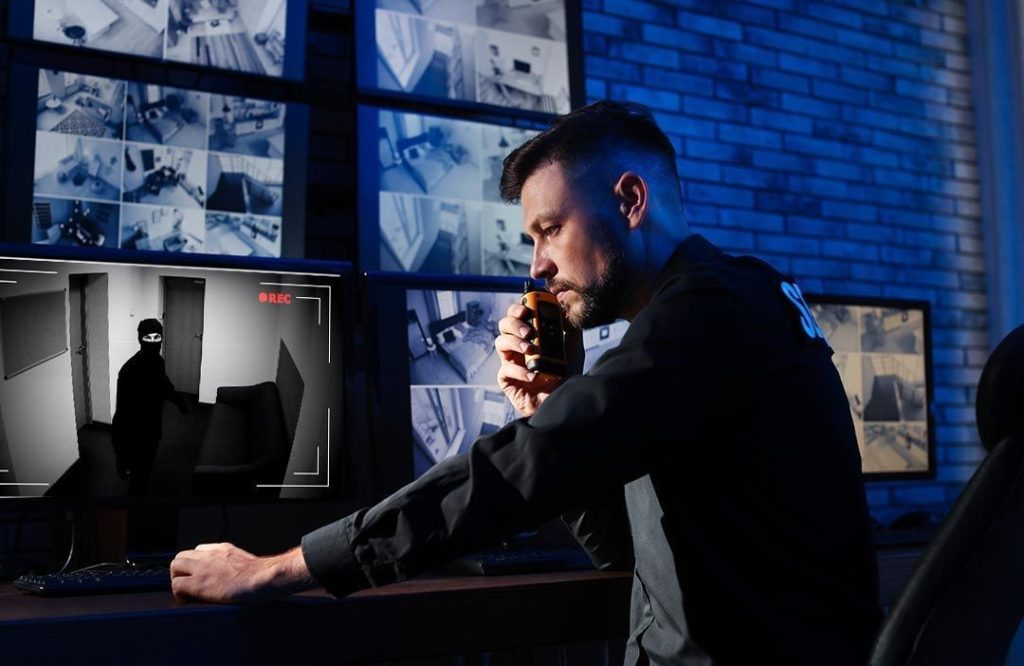
What is CCTV Monitoring?
CCTV monitoring can be utilised cost-effective supplement or alternative to having a member of staff on-site, such as manned guarding from a security guard service. End-users can connect their CCTV security system to a professional alarm response centre, where teams of highly trained operators can respond to alarms.
It also serves as an enhancement to standard intruder alarm system monitoring, which relies on sequential verification methods to help identify a real threat. With CCTV monitoring, security operators can also use images to visually verify a threat and even share detailed information with the emergency services.
Now, let’s look at some of the most common myths we hear about CCTV monitoring and outline some of the key benefits, so your customers can get the full picture when they choose to enhance their security.
Myth #1: “CCTV monitoring is just paying for a security guard to sit at home…”
We’ve heard people say that remote CCTV monitoring is just paying for a security guard to sit at home, watching your CCTV instead of having them on-site. This makes it more expensive because you can’t get them to do anything else.
This is easily the most common myth we hear about CCTV monitoring. When remote CCTV access first came out, it may even have been the case! But let’s compare this to what a modern CCTV monitoring solution provides;
The fact is CCTV monitoring is used by a remote alarm receiving centre to conduct a range of activities, including;
- Responding to alarms generated by the cameras on-premises
- Responding to alarms generated by other systems, such as fire doors and intruder alarms, to visually verify what has happened
- Running scheduled “remote guard tours”, which is a virtual version of a security guard patrol
- Conducting health and safety checks, such as making sure a fire door isn’t obstructed or that dangerous equipment hasn’t been left accessible to unauthorised members of staff.
All these activities are either programmed on a schedule or are driven by an alarm, therefore you’re only paying for when an alarm is actually activated, making it a productive and cost-effective solution.
In the ideal scenario, the monitoring provider is sent a trigger image by the on-site NVR; this is analysed utilising Artificial Intelligence technology, and if it is found to contain a moving human or vehicle, then it is flagged to the operator for action.
If the image was triggered by bushes, flags, or anything else then the image is not presented to an operator and treated as a false alarm.
Myth #2: One person watches hundreds of screens
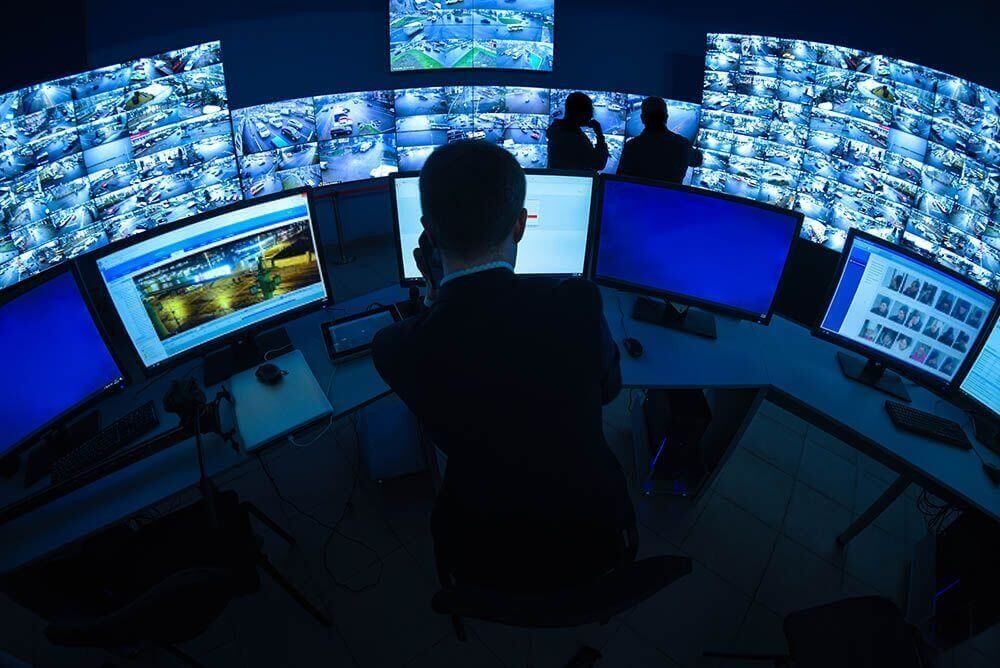
As previously mentioned, CCTV Monitoring is 100% driven by schedules and alarms. While you do see a video wall (the big screen in the background above) in most alarm response centres, it’s more of a broad overview unit as opposed to an essential functional unit.
Alarms can be generated through a range of devices and analytics that help to broaden the use of CCTV:
- Traditional alarms, such as intruder/panic/fire
- Environmental alarms, such as refrigeration / flood / carbon monoxide
- Basic CCTV analytics, such as motion detection/line crossing
- Advanced CCTV analytics, such as loitering/tailgating/queue/object removal/unattended baggage
You can also define schedules, where a security operator in an alarm response centre can run a virtual guard tour, checking images cameras at a pre-defined frequency. This is the same as a physical on-site guard tour, but with the benefit of recorded footage and potentially multiple angles.
Myth #3: “CCTV is complex to set up and is not worth my time getting into it, as an installer.”
The fact is there is little stopping you from providing CCTV monitoring services to your customers. There is also a wealth of support available from our technical team at Southern and Northern Monitoring who can talk you through the process from start to finish.
There are just a few simple questions you need to answer to assess whether a client meets the requirements for remote monitoring:
- Does the customer have a static IP address?
- Have the NVR ports been opened? Each NVR uses different ports on the customer’s router.
- Do you have usernames and passwords for all the cameras to allow us access?
- Does the customer have a restrictive firewall on-site? If so, they will need to allow our Immix server access.
There are many different solutions available for remote monitoring, each designed to suit the unique requirements and complexities of your customers’ needs, and we can support you with them all. Next, we’ll look at what options are available and the benefits of each.
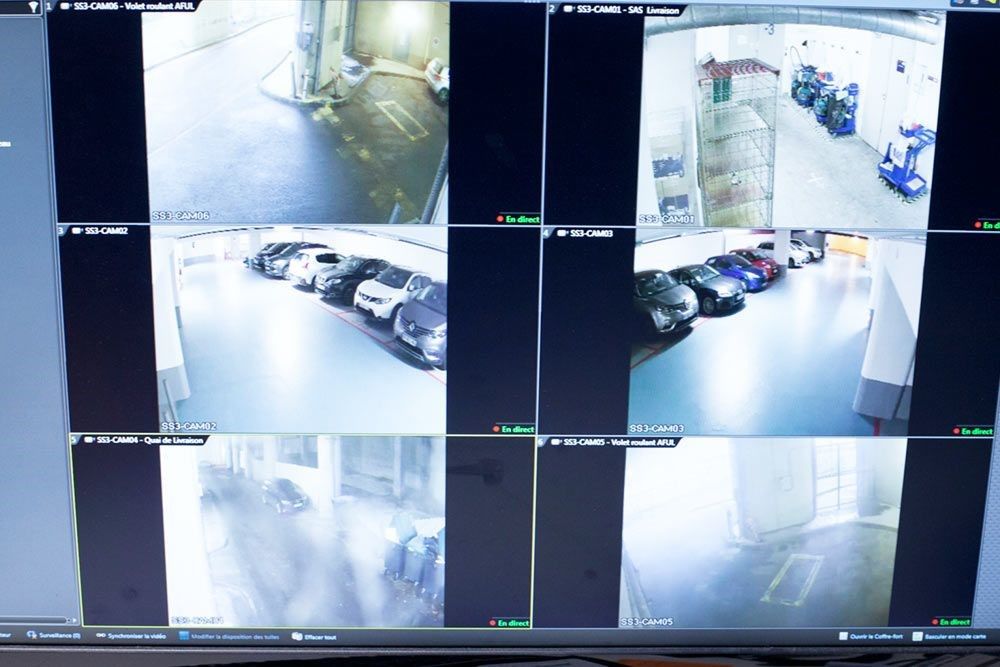
What Different CCTV Monitoring Solutions Are There?
We offer several different options when it comes to CCTV Monitoring, but the two main routes are visually verified intruder alarms or camera-activated alarms. There’s also the option for scheduled activities, such as guard tours.
Visually verified CCTV monitoring
The entry-level service option for CCTV Monitoring is visually verified – all the activity is driven by an external device, such as an intruder alarm, meaning the activation counts are quite low. On top of that, we can add audio challenge meaning if the operator sees an intruder, an audible warning can be transmitted so the intruder knows they have been spotted.
Camera activated CCTV monitoring
The next level of CCTV monitoring is camera activated – the activity is now driven by the analytics on each camera, which can be as basic as line crossing, or in the more advanced range with loitering or unattended baggage. A few additional factors come into play when pricing this – size of the system, type of analytics used and volume of activations.
Bespoke monitoring activity
The top-level of CCTV monitoring can be used to blend several services together, such as camera-activated CCTV monitoring with a guard tour every eight hours to check all the external doors, plus remote audio challenge when a risk is identified.
Sounds expensive right? Not necessarily, consider this…
- Each remote guard tour costs just a few pounds each.
- In many situations, a CCTV solution can be put together which would be chargeable to your customer at under £10k per year for 24/7 coverage. When comparing this to having physical on-site guards, it’s up to 90% cheaper to have CCTV Monitoring/. That’s a significant cost reduction for your client and still healthy margins for installers.
What are the equipment and software requirements for CCTV Monitoring?
As previously mentioned, Southern and Northern Monitoring Services can provide the technical support you need to suit the unique needs of your customers.
We use Immix as our video handling platform, which most CCTV systems are compatible with. More complex systems such as Milestone and Genetec require more detailed configurations, but these are generally reserved for larger and more complex business security installations anyway – which we can support installers with.
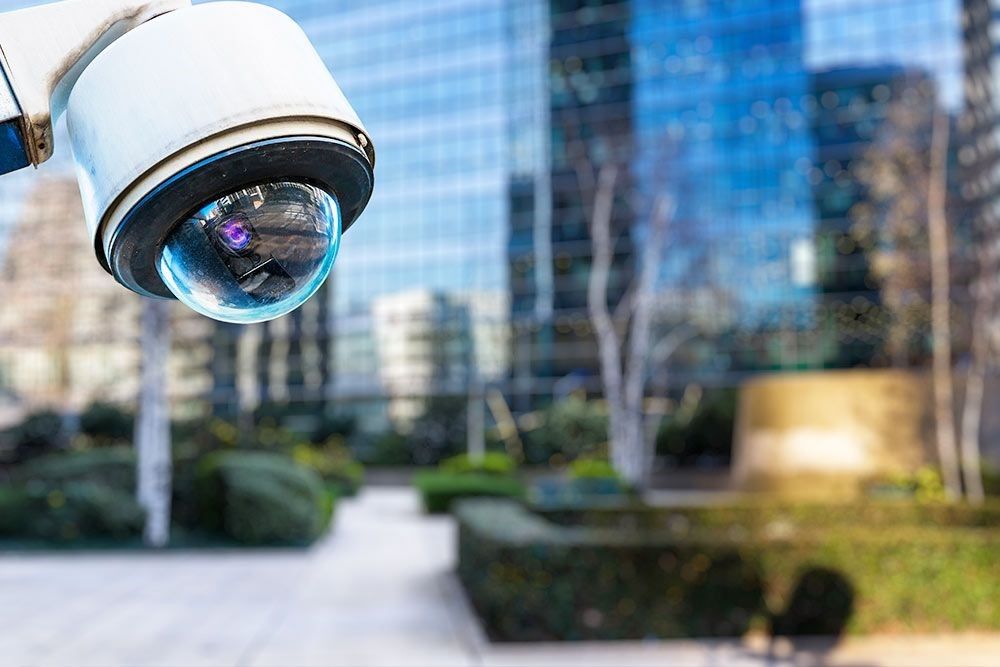
How Security Installers Can Support Their Clients with Remote CCTV Monitoring
The perception of CCTV monitoring has sometimes been that of a cost-prohibitive and complex service. However, in recent years it has become more accessible and is now considered a standard inclusion among many of our clients. After all, if you want to provide your customers with the best possible security solutions, monitoring is becoming more important than ever.
Pairing CCTV monitoring with a keyholding and alarm response provider can certainly make it the modern alternative to the traditional physical guarding model, which remains unchanged since the 1800s.
What must installers consider when it comes to CCTV Monitoring?
There are a number of questions that security installers should ask to help their customers choose the best options for CCTV monitoring.
- Does the customer need a Police response? If yes, there are two options. An Intruder alarm supported Visually Verified System or a BS8418 compliant system. We have a basic guide to compliance available on request.
- Does the customer have a closed site (gates and fenced perimeter)? If the site is open to the public, this makes monitoring very challenging. Our policy is to call a responder if Human Activity is seen after an alarm trigger/camera activation.
- Will the customer have set monitored hours, or will they arm and disarm the system manually? Some sites signal to us 24/7 but our software suppresses the alarm during hours when staff are due on site. For this to work, the working hours need to be defined and regular. If the hours are fluid, the client must have an arm/disarm function.
How can installers plan for long-term success?
When it comes to the installation and implementation of remote CCTV monitoring, there are also a number of factors that will help you make it a success:
- How big is the required area of protection and how many cameras are there? Large areas with few cameras limit detection success. Operators must have a clear view of the protected area, with good resolution.
- Camera Positioning: The cameras and detection must not show any public spaces that are not part of the intended areas of protection. Cameras need to be positioned so that off-site activity does not generate an alarm. Masking cameras or detectors can help with this. The worst-performing systems capture movement from neighbouring businesses or passing traffic.
- Lighting: The most common cause of failed detection by an Alarm Handler is poor lighting.
- Regular Cleaning and Maintenance: The client needs to remove cobwebs or foliage obstructions regularly – especially in the summer months.
- The System must send Trigger Images: Systems must be capable of sending trigger clips – as if the detector activates, it could be a minute or two before the Operator can view live images – if the suspect has moved in that time, it will be missed without being able to view the trigger images.
- Agree the Monitoring Procedure before going live: The most common reason for customer complaints is caused by a lack of understanding of our processes or a mismatch in the client’s expectations and the service we deliver. Some key points to agree on are things like; hours of protection, who to alert in the event of an incident, do they need alerts if a camera fails or connection is lost, and are they aware of excess activation charges?
- Don’t neglect cybersecurity – our partners at Calipsa have produced this helpful guide that walks you through the key considerations.
To discuss the Southern and Northern Monitoring products and services you can provide to your clients, please complete the form below, give us a call on 0844 871 2223 or complete the form below.
